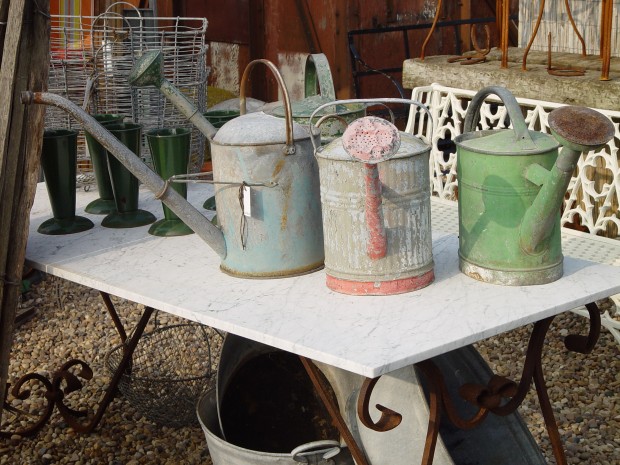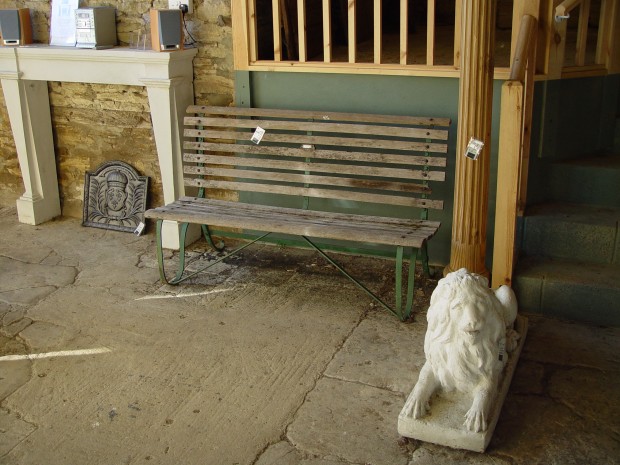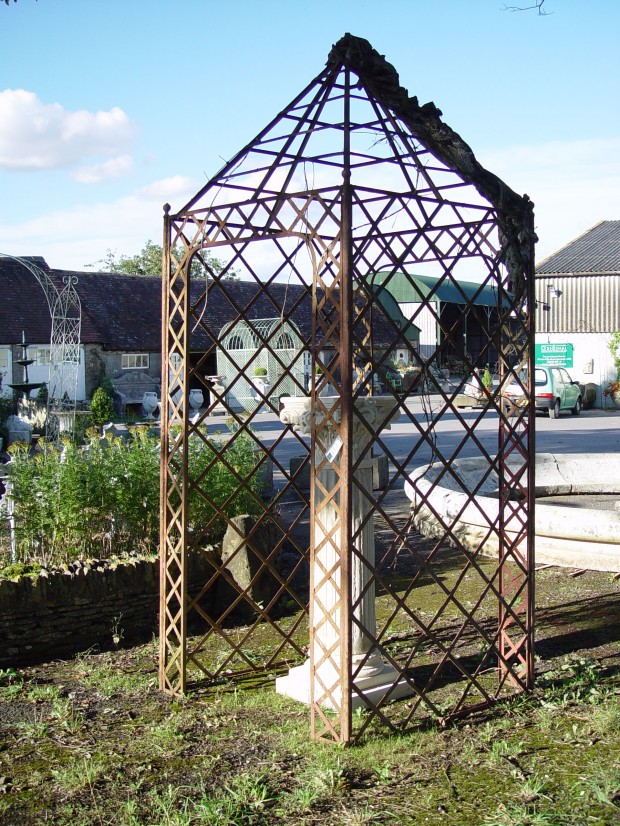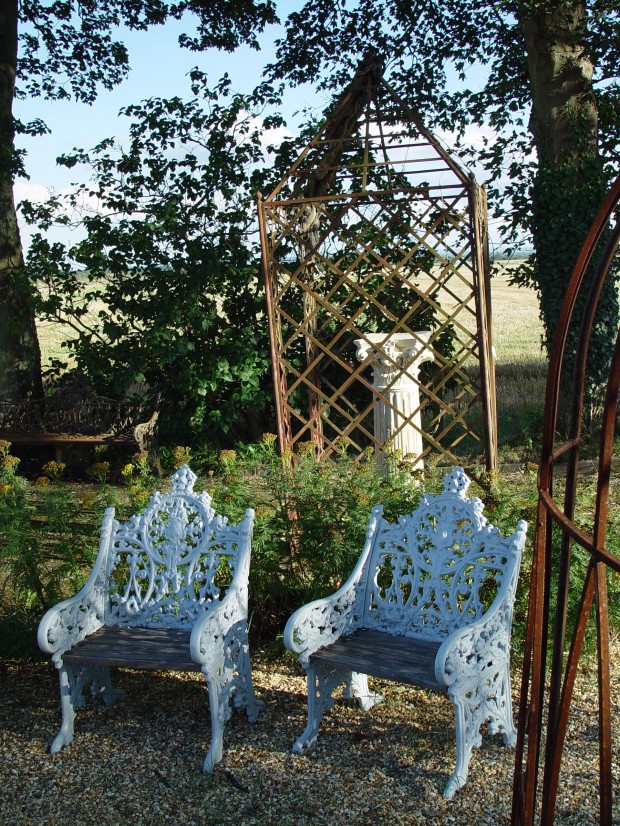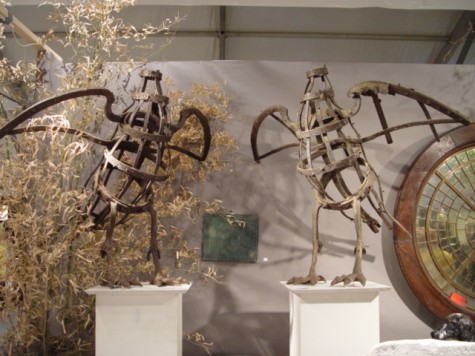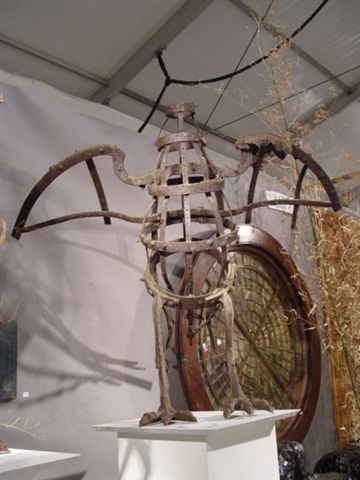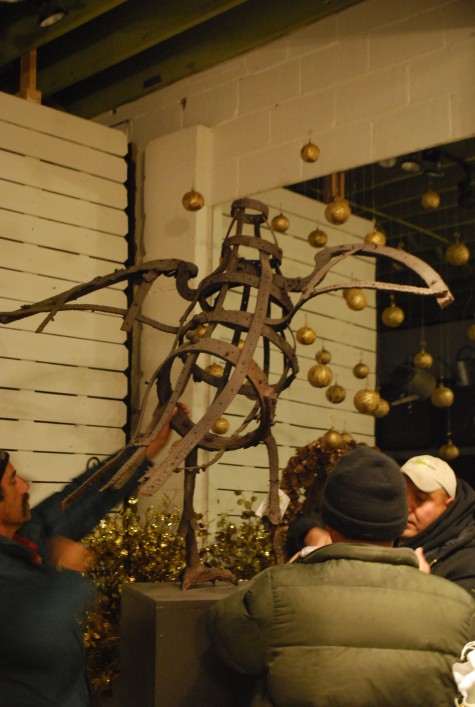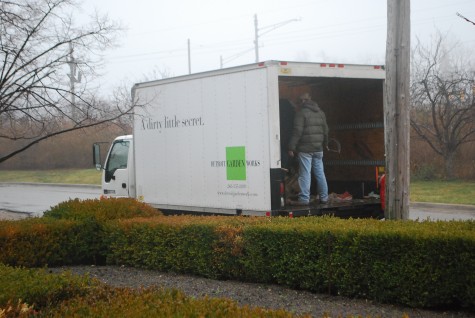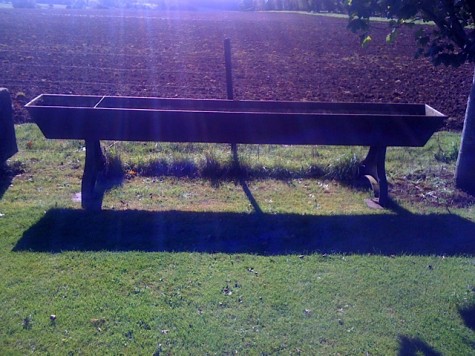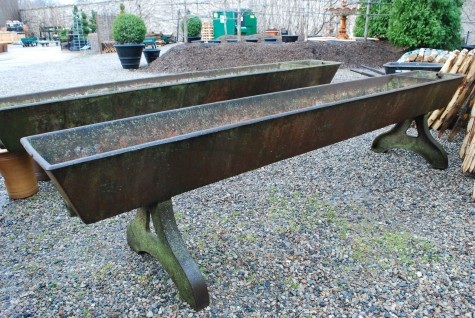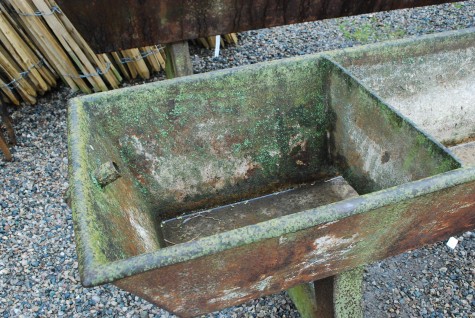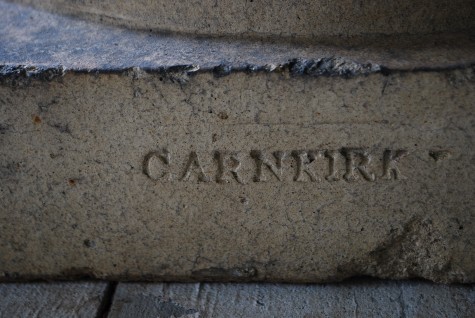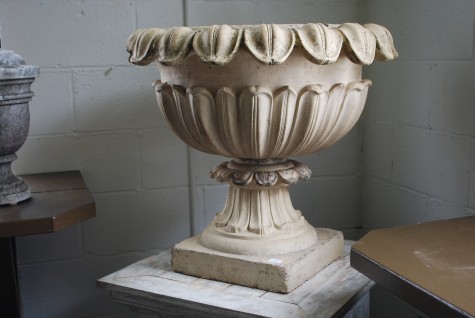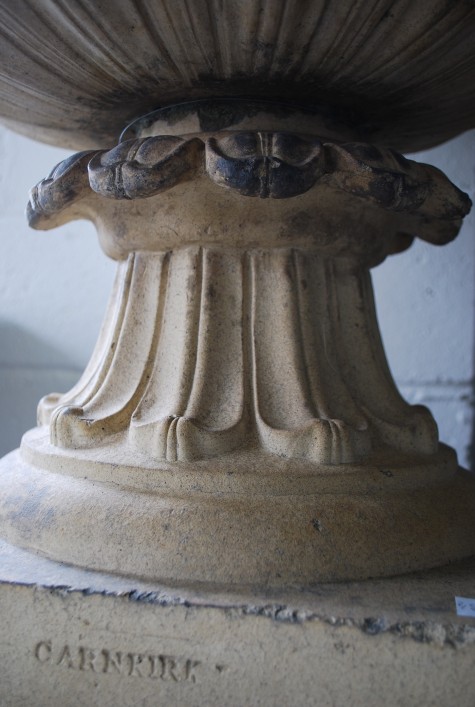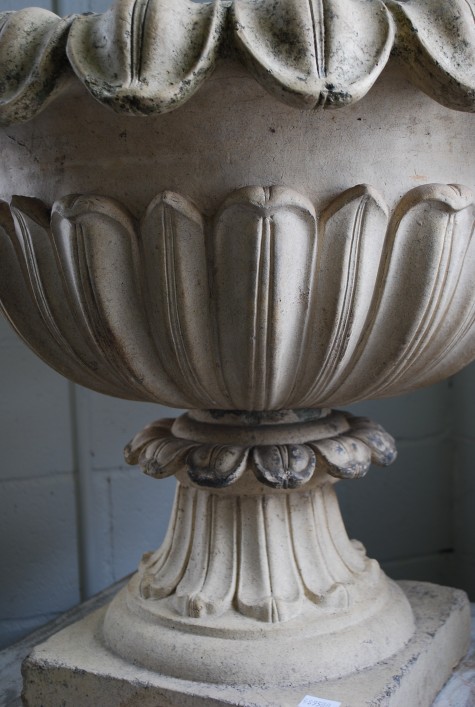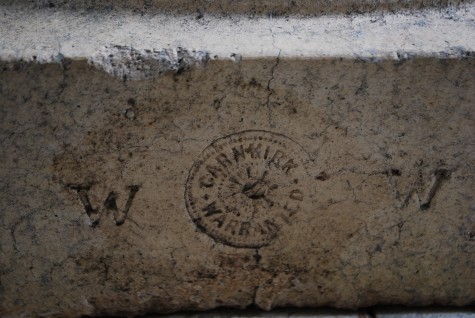18 years ago, on March 29, Rob and I were hosting a party to celebrate the opening of Detroit Garden Works. My landscape design and installation firm was the ripe old age of 10. I had always had a dream of a place where clients could find beautiful and intriguing objects to ornament their garden. No such place existed in my area. So Rob and I decided to create one. Crucial to the mix – my accountant. He also represented a gentleman with a machine shop for sale. Jeff was able to persuade his client to sell the property and building to me on a land contract. This proved to be crucial to the mix. Had I gone to a bank asking for a commercial mortgage to open a retail garden ornament business in an area zoned for light manufacturing, I would have been politely swept out the door. A shop retailing garden ornament? What exactly is garden ornament?
A garden group came to the shop Saturday for a talk on garden ornament. I pointed out that garden ornament – as in furniture, tables and chairs, benches and other seating- provides a place for a person to be in a garden. It is one thing to observe or review a garden, but garden ornament can provide a place to spend time in that garden. After work. Before work. To watch the birds. To entertain friends. To relax. To think things over. To rest.
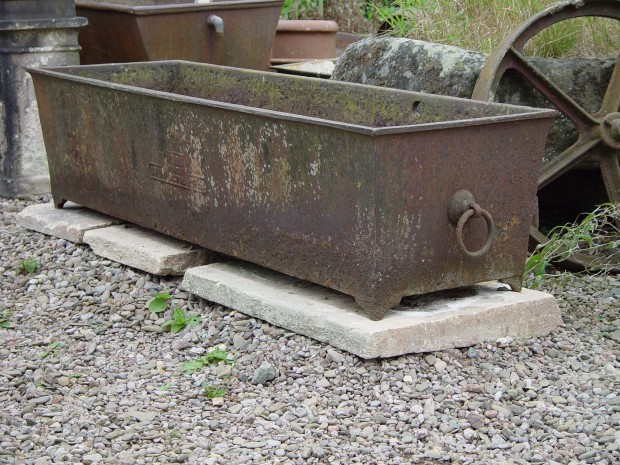 A garden ornament can provide a focal point for a garden. An old galvanized washtub overstuffed stuffed with lavender or rosemary can be the star attraction of an herb garden. A sculpture in the landscape can organize a garden, endow it with atmosphere, and make an invitation to interact. Pots positioned on either side of a front door say welcome to my house. And welcome to my idea of making you feel welcome. Gardeners place birdbaths in their gardens for obvious reasons. Gardeners also have very different views about what constitutes a beautiful birdbath. Finding a garden ornament that suits your garden in particular is what gives that garden a personal and individual feeling.
A garden ornament can provide a focal point for a garden. An old galvanized washtub overstuffed stuffed with lavender or rosemary can be the star attraction of an herb garden. A sculpture in the landscape can organize a garden, endow it with atmosphere, and make an invitation to interact. Pots positioned on either side of a front door say welcome to my house. And welcome to my idea of making you feel welcome. Gardeners place birdbaths in their gardens for obvious reasons. Gardeners also have very different views about what constitutes a beautiful birdbath. Finding a garden ornament that suits your garden in particular is what gives that garden a personal and individual feeling.
A structure in a garden, as in a pergola, can enclose a space, and give it a sense of intimacy. A fountain brings the sound and sparkle of water to the garden. An arbor or trellis provides a home for climbing plants. A vintage bootscraper, rain barrel or garden umbrella is utilitarian. I could say that any non-living element in a garden would qualify as a garden ornament, but that is not exactly true. Some objects trigger a memory of an experience, a special occasion, or a person. Those memories are very real. Some vintage or antique garden ornament come with a feeling of history or culture attached to them. Some ornament is whimsical. Some is repurposed from old farm implements and tools. But no matter the origin, I am still interested, 18 years later, in how garden ornament can endow a garden with a little magic.
Interested in more on that moment which was so magical to me 18 years ago? Here you go.
